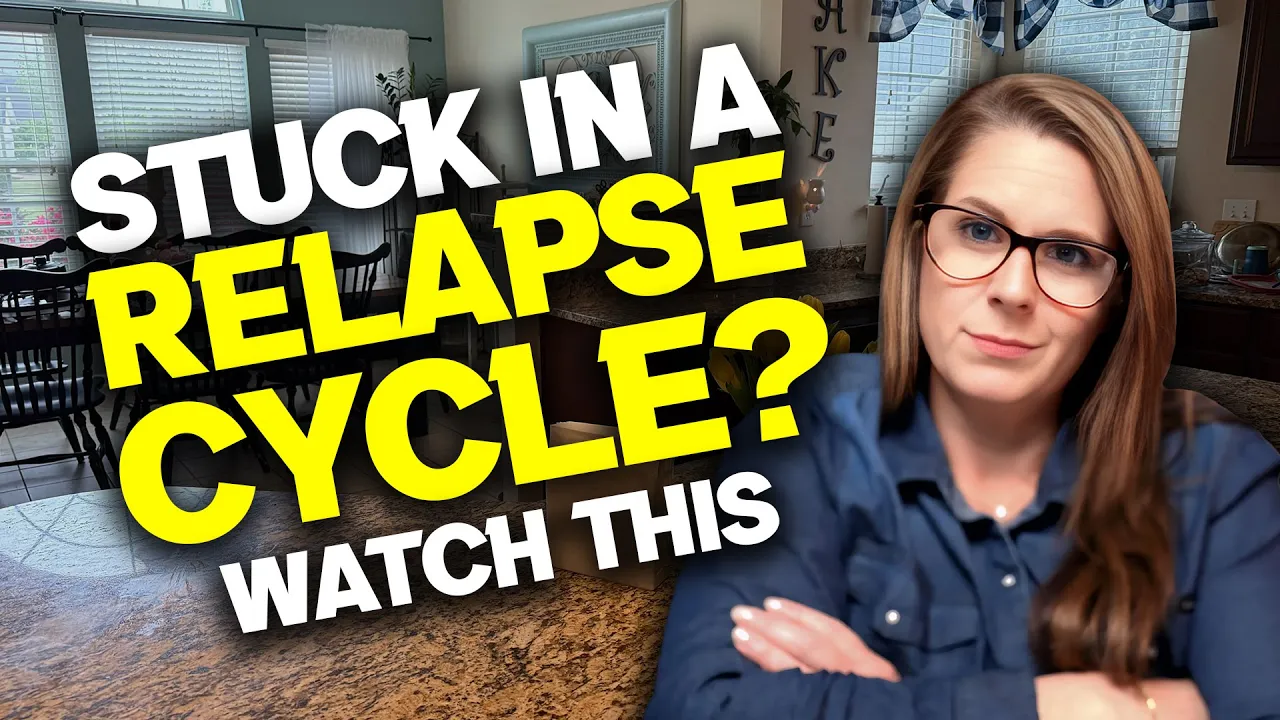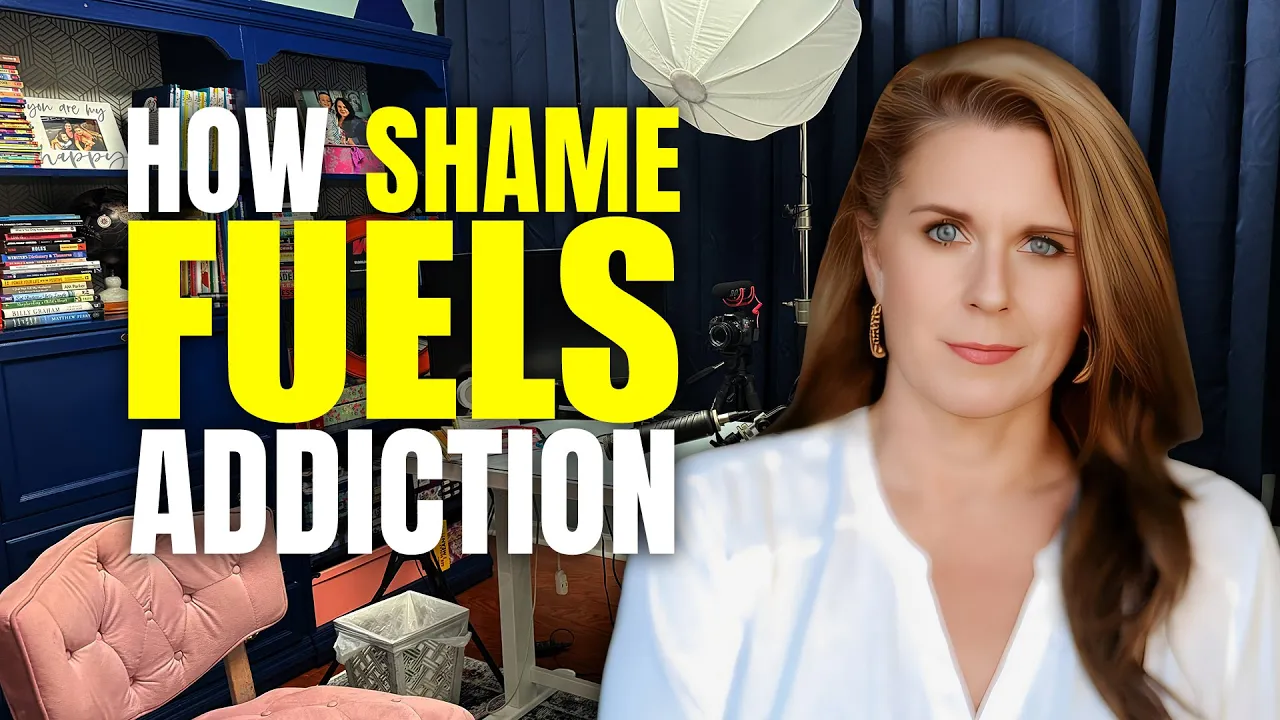How to Spot a Loved One's RELAPSE Before It Even STARTS
Perfect — thank you for pasting the transcript! I can turn this into a polished, SEO-friendly blog post that’s engaging and keyword-rich. Below is a draft structured for web readability and optimized around common search queries like “why do I keep relapsing?”, “relapse triggers in addiction”, and “how to break the relapse cycle.”
Breaking the Relapse Cycle: Why You Keep Falling Back & How to Stop
Do you feel like you’re stuck in a relapse cycle—no matter how many times you try, you keep slipping back into the same old patterns? You’re not alone.
The truth is, most people struggling with addiction relapse in predictable ways. The key to breaking free isn’t willpower—it’s understanding your relapse patterns and triggers so you can step around them before they trip you up.
Why Willpower Isn’t Enough
When it comes to addiction recovery, many people believe they can simply “try harder.” They beat themselves up, remind themselves of all the consequences, and promise to do better next time.
While that determination is commendable, it usually isn’t enough. Addiction is not just a bad habit—it’s wired into your brain’s reward system. That’s why relapse happens in cycles. Unless you understand why it keeps happening, you’ll likely fall back into the same loop.
The Most Common Relapse Patterns
Over the years, I’ve worked with thousands of people in recovery. While every journey is unique, I hear the same relapse stories over and over again. Here are the five most common relapse triggers and patterns I see:
1. The Withdrawal Cycle
If you can’t seem to get past two, three, or four days without relapsing, withdrawal might be the culprit.
-
Symptoms can be subtle: poor sleep, irritability, anxiety, or restlessness.
-
If you don’t actively address withdrawal, it becomes a trap that resets you again and again.
2. “I’ll Get Sober… But Not Forever”
Sometimes people get clean after a bad incident or treatment, but deep down they never planned to stay sober long-term.
-
They tell themselves: “Once I stabilize, I can drink occasionally or use in moderation.”
-
The reality: addiction doesn’t let you control the outcome—you eventually end up back where you started.
3. Romanticizing the Addiction
After weeks or months of sobriety, it’s easy to start forgetting the pain and remembering the “fun.”
-
You tell yourself: “It wasn’t that bad.”
-
Just like going back to a toxic relationship, the highs get glamorized, while the lows fade in memory.
4. Rewarding Yourself with the Addiction
This one sounds counterintuitive, but it’s common:
-
“I’ve been sober so long—I deserve a little reward.”
-
Just like a “cheat day” on a diet, it feels small and controlled at first—but with addiction, it can reopen the floodgates.
5. Sneaky Thoughts & the “Coast Is Clear” Trigger
If you’ve lived in secrecy with addiction, sneaky habits get wired into your brain.
-
When no one’s around, your brain whispers: “The coast is clear.”
-
Even in serious recovery, these automatic thoughts can lead to quick slips if you’re not on guard.
Why Identifying Your Relapse Pattern Matters
Each of these relapse patterns creates a mental trap. When you don’t recognize them, it feels like failure. But once you name the pattern, you can plan around it.
The goal isn’t just to stop relapsing—it’s to outsmart the relapse cycle. By identifying your specific triggers, you give yourself the power to step out of the loop.
Relapse is painful. It brings feelings of shame, hopelessness, and frustration. But you’re not broken—and you’re not doomed to repeat the cycle forever.
Recovery isn’t about willpower. It’s about strategy. Once you understand your unique relapse patterns, you can get five steps ahead of addiction and finally break free.
Amber Hollingsworth
👇Additional Resources:
💡 Amber's 30-Day Jump Start for Early Recovery
🧠 Strengths-Based Recovery Coaching
🔐 Rapid Relationship Repair Course
📱 24/7 Advice from Amber AI
👨👩👧👦 Consult with a Family Coach



